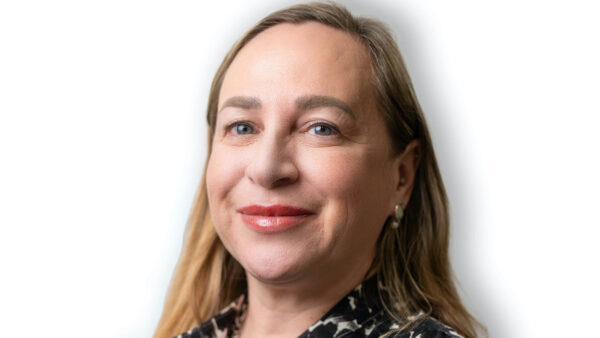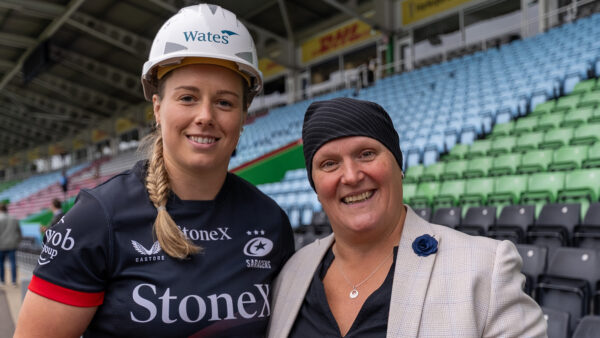
Do one-size-fits-all EDI approaches work in a global construction context? Dr Florence Phua FCIOB talks about her research on this issue.
Tell us about the research you have been working on
The new research questions the way we understand and implement EDI frameworks in an international construction industry context, and argues that the conventional approach might be counterproductive.
Construction firms the world over are keen to promote the notion that they are seriously embracing EDI initiatives. However, what we have found is that while there is a global drive to implement EDI targets and policies to improve, among other things, female participation rates and career progression, there is little evidence to indicate that the largely Western-derived EDI frameworks work in large swathes of patriarchal countries/societies such as India, the Middle East and south-east Asia.
We conducted an analysis to compare EDI practices of construction firms in India, the UK and Sweden. We were interested in investigating the effects of EDI policies in various cultural and organisational contexts to understand how socio-cultural norms influence EDI practices.
What is new about this research?
This research offers insights into the nuances of what EDI means, how it is prioritised and measured in different countries that are underpinned by distinctive socio-cultural norms. We looked at publicly accessible corporate annual reports and LinkedIn profiles of 30 large construction companies by annual revenue, with 10 from each country.
CV: Dr Florence Phua
2010 to present – Associate professor and school director of postgraduate research studies, School of Construction Management and Engineering, University of Reading,
2003-09 – Senior lecturer, Faculty of the Built Environment, University of New South Wales
Education
PhD, Construction Management, University of Hong Kon
Main finding 1: India has the most extreme gender gap, both in the overall workforce and in leadership positions, reflecting deep-rooted socio-cultural norms that limit women’s professional opportunities.
In the UK, there is a somewhat fair distribution of the workforce but, similar to India, women have challenges in attaining board and senior management roles.
Sweden, known for its commitment to gender equality, presents a paradox: where the women are well represented in lower-level jobs, their presence significantly decreases in top leadership positions, indicating that corporate structures still lack complete integration of policies promoting gender equality.
The results also indicated that although different regulations and cultural changes may enhance female representation in the workforce, these advancements do not automatically result in an increase in leadership participation.
Main finding 2: Although all companies are working towards enhancing diversity and inclusion, their areas of emphasis differ.
Indian corporations prioritise sexual harassment prevention whereas UK and Swedish companies use more inclusive measures that encompass gender, race and LGBTQ+ inclusion.
Swedish companies are notable for their cultural change initiatives and well-organised leadership development programmes designed for women. UK companies have greater emphasis on specific objectives for the participation of women and minorities, whereas Indian organisations are progressively enhancing workplace safety above all else.
Main finding 3: Out of 10 organisations examined in India, only one has implemented diversity objectives, highlighting the absence of institutional commitments to gender equality. On the other hand, Sweden and UK demonstrate a greater dedication to diversity targets, suggesting that the Indian construction industry is falling behind in establishing diversity settings that are appealing to and able to retain women.
India has a prominent gender difference in leadership positions, with women being notably under-represented in top management and board posts. Its construction sector lags substantially behind; women are mostly found in lower-level roles and have limited career advancement.
How will companies in different regions apply your research?
The results show that a one-size-fits-all framework for tracking EDI progress has limitations. It is clear that the EDI practices and policies that companies choose to adopt are tied to the socio-cultural landscapes of different countries.
This divergence is intuitively acknowledged but it is rarely openly recognised when it comes to measuring EDI outcomes because the standard key performance indicators (KPIs) inherent in conventional EDI frameworks do not always account for these differences.
The main takeaway is that construction companies should be less concerned about being seen to adopt standard EDI targets that are prescriptively developed without considering the EDI ‘maturity’ levels of different regions and countries.
Instead, this research argues that a more meaningful approach would be for companies to consider aspects of EDI that are valued and relevant at the local level and use this understanding to develop a context-specific EDI approach of which companies can have ownership.
What outcomes could be achieved across the industry?
Many construction companies tend to adopt conventional EDI frameworks and this often leads to disappointingly poor performance based on standard KPIs. To break this cycle, the benchmarking has to be tailored to suit companies’ particular EDI journeys and regional/local contexts.
Regional companies can start by sharing EDI best practices and experiences, and setting EDI targets that reflect regional socio-cultural norms and which are more conducive to achieving true gender equality at the institutional levels.
When enough companies are involved, a community of practice can be established to share, learn and advance EDI practices and resources across the industry.
If you’re interested in academic membership visit www.ciob.org/membership/become-a-member/educator.








